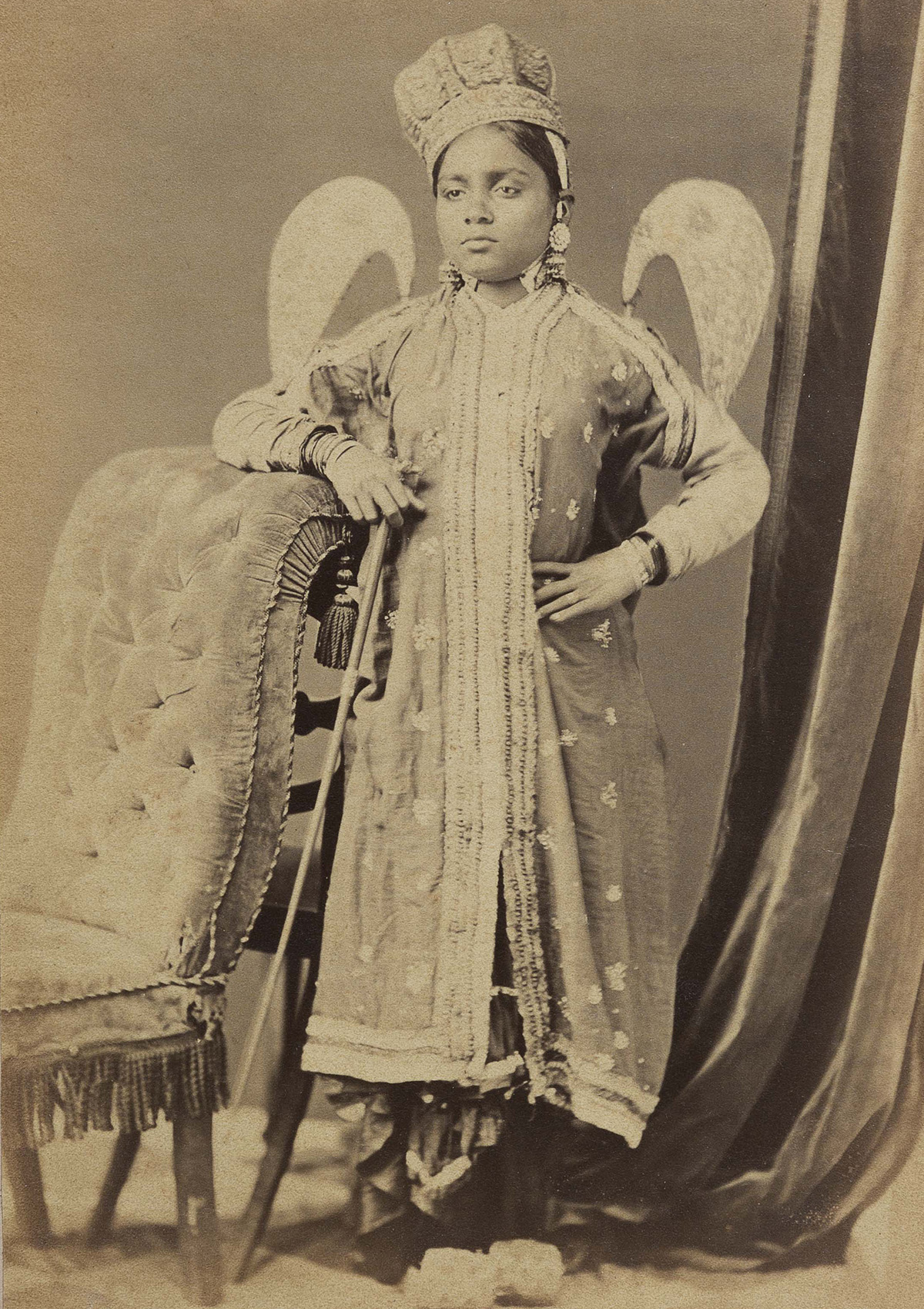A professional photographer and engineer from Lucknow, present-day Uttar Pradesh, Darogah Abbas Ali is best known for his photographic albums featuring cultural sites and architectural views of the city. Although his books are well documented and discussed among scholars of Indian photography, little is known about the photographer’s own life.
Darogah Abbas Ali attended the Thomason Civil Engineering College (which later became the Indian Institute of Technology, Roorkee), after which he worked as assistant municipal engineer for the British government in Lucknow. He took up photography after his retirement in the 1860s, eventually compiling and publishing three albums of albumen prints: The Lucknow Album and The Beauties of Lucknow were both published in Calcutta in 1874 and The Rajas and Taaluqdars of Oudh was published in Allahabad in 1880.
Of these, the first and last are very clearly signed and authored by Abbas Ali, while the second is unsigned, but was attributed to him by a later photographer, PC Mukherjee. The Lucknow Album was intended as a guide for European tourists visiting the city and, in its sequence of photographs, follows the path of the East India Company troops who recaptured Lucknow during the Indian Mutiny. It also contains a detailed plan of the city drafted by Abbas Ali himself — evidence of his calibre as a municipal engineer. The Beauties of Lucknow documents courtesans and performer-entertainers working in Lucknow as living reminders of a much-feted royal court (of the former Kingdom of Oudh before its annexation in 1856) where they were valued as custodians of culture and wielded much social influence. The Rajas and Taaluqdars of Oudh consists of 342 carte de visite albumen prints of landlords and other members of Lucknow’s elite who remained loyal to the British during the Uprising. In the portraits of women, their figures are replaced entirely by medallions inscribed with the word pardanashin (woman in purdah) as a way of accommodating the Muslim tradition of veiled anonymity. All three albums have detailed textual descriptions of the photographs; the text being printed in English, as in The Lucknow Album — due to its intended British readership — or English and Urdu, as in the case of the others. The latter editions also carry stylistic and compositional traces of the Mughal muraqqa tradition of illustrated albums, as a tribute to Abbas Ali’s cultural lineage.
The production of these albums, not inexpensive enterprises, was funded by the patronage of Sir George Couper, the Lieutenant Governor of the North-West Frontier Province and, after 1856, the Chief Commissioner of Oudh. Abbas Ali is thought to have developed a rapport with Couper during his employment with the government, which aided him greatly in his later photographic endeavours. The success of his practice has also been attributed to the goodwill he cultivated with the Company and its officials during and after his tenure.
The last of his albums was published in 1880, after which there are no records of any active photographic or publishing activity. It is possible that his patronage began to wane, following the departure of Couper after the end of his service in 1882, or that colonial attention began to shift away from Lucknow after the dust of Mutiny settled. There is no information presently available, however, to ascertain the course of Abbas Ali’s life following the publishing of his final album.







